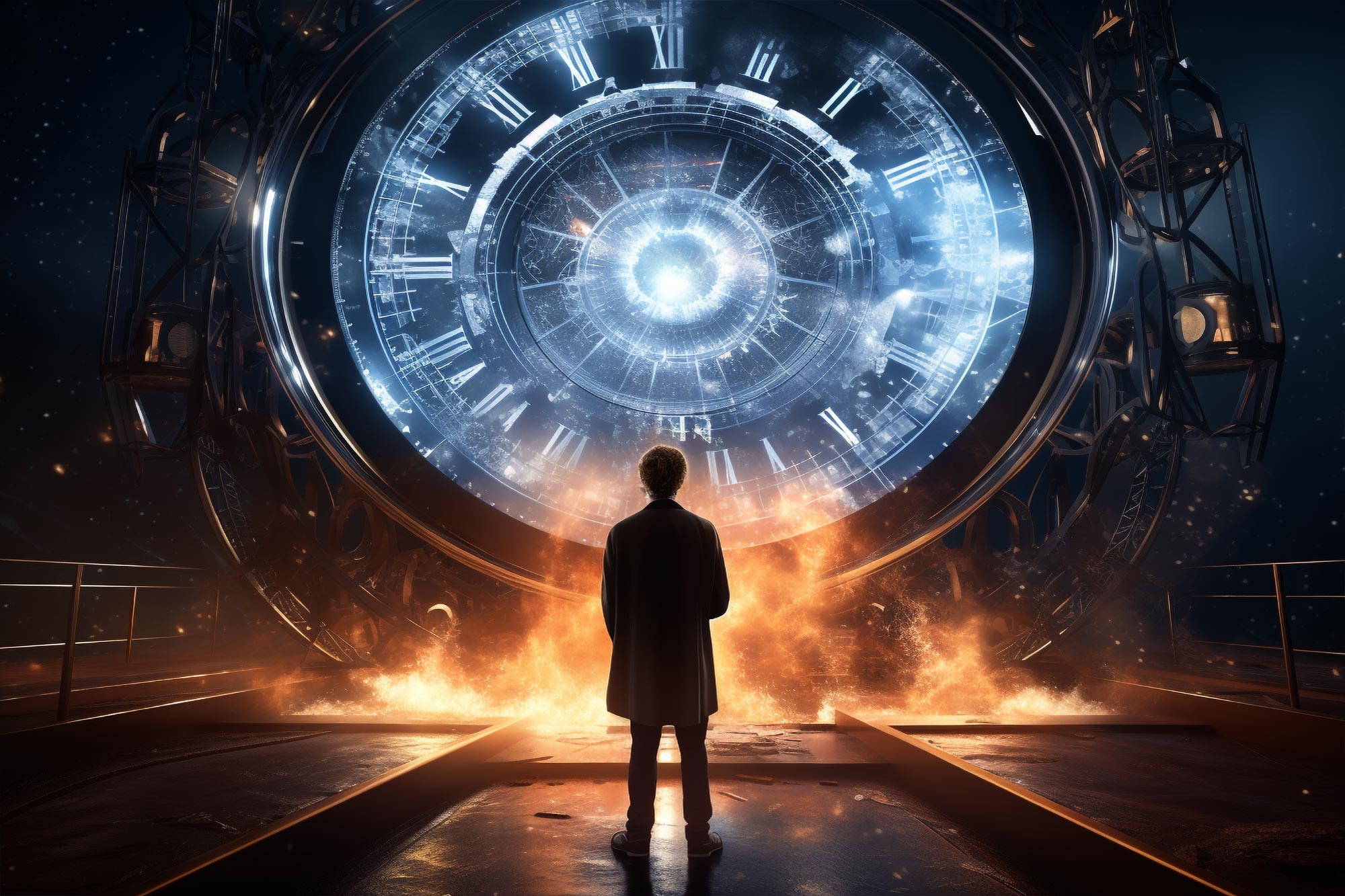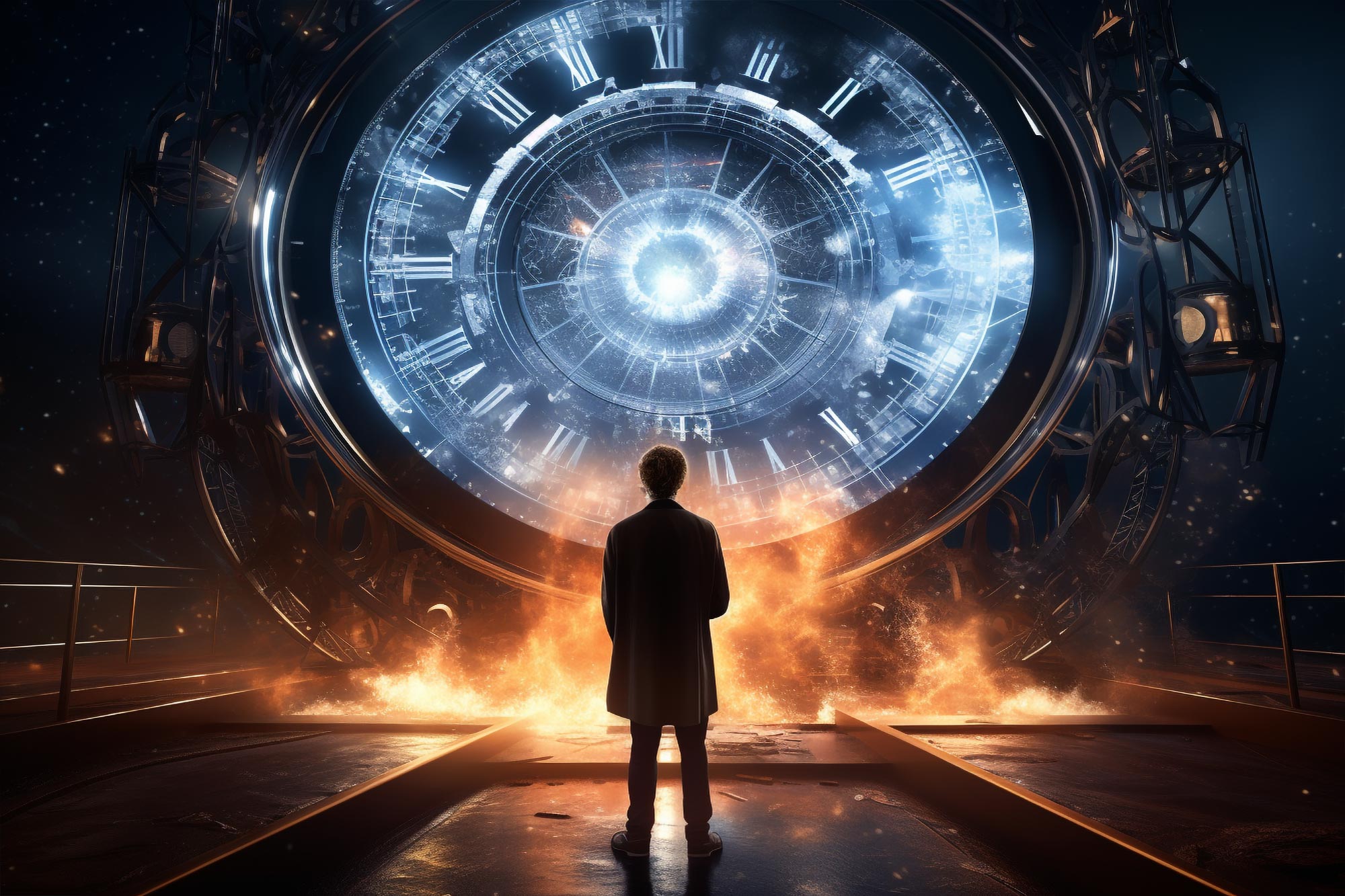

Researchers at the University of Cambridge used quantum entanglement to simulate a scenario similar to backward time travel. This allows previous procedures to be changed retrospectively, which may improve current outcomes.
Physicists have shown that simulated models of virtual time travel can solve experimental problems that seem impossible to solve using standard physics.
If gamblers, investors, and quantitative experimentalists could bend the arrow of time, their advantage would be much higher, leading to much better results.
“We’re not proposing a time travel machine, we’re proposing a deep dive into the fundamentals of quantum mechanics.” — David Arvidsson-Shukur
Researchers at the University of Cambridge have shown that by manipulating entanglement – a feature of quantum theory that makes particles intrinsically connected – they can simulate what would happen if one could travel back in time. So gamblers, investors and quantitative experimentalists can, in some cases, retroactively change their past actions and improve their results in the present.
Simulations and time loops
Whether particles can travel backward in time is a controversial topic among physicists, although scientists have done so previously Simulations of how these space-time loops would behave if they actually existed. By linking their new theory to quantum metrology, which uses quantum theory to make extremely sensitive measurements, the Cambridge team has shown that entanglement can solve seemingly impossible problems. The study was published on October 12 in the journal Physical review letters.
“Imagine you want to send someone a gift: you have to send it on the first day to make sure it arrives on the third day,” said lead author David Arvidsson-Shukur, from Hitachi’s Cambridge laboratory. “However, you only receive that person’s wish list on the second day. So, in this chronological scenario, it is impossible for you to know in advance what they will want as a gift and ensure that you send the right gift.
“Now imagine that you could change what you send out on day one with information from the wish list you received on day two. Our simulation uses quantum entanglement manipulation to show how you can retroactively change your past actions to ensure the end result is what you want.
Understanding quantum entanglement
The simulation relies on quantum entanglement, which consists of strong connections that quantum particles can share, and that classical particles — those governed by everyday physics — cannot do.
The peculiarity of quantum physics is that if two particles are close enough to each other to interact, they can remain connected even when separated. This is the basis Quantitative statistics Harnessing continuum particles to perform calculations too complex for classical computers.
“In our proposal, an experimental scientist entangles two particles,” said co-author Nicole Younger Halpern, a researcher at the National Institute of Standards and Technology (NIST) and the University of Maryland. “The first particle is then sent out for use in the experiment. Upon obtaining new information, the experimentalist manipulates the second particle to effectively change the first particle’s previous state, changing the outcome of the experiment.
“The effect is great, but it only happens once out of four times!” Arvidsson-Shukur said. In other words, the probability of failure of the simulation is 75%. But the good news is that you know if you’ve failed. If we stick to our gift analogy, once out of four times the gift will be the one you want (for example a pair of pants), and another time it will be a pair of pants but the wrong size, or the wrong color, or it will be a jacket.”
Practical applications and limitations
To give their model technical relevance, theorists linked it to the science of quantitative measurement. In a common quantification experiment, photons—small particles of light—are shined on a sample of interest and then recorded using a special type of camera. For this experiment to be effective, the photons must be prepared in a certain way before they reach the sample. The researchers have shown that even if they learn how to prepare photons better only after the photons reach the sample, they can use time travel simulations to retroactively change the original photons.
To face the high probability of failure, theorists propose sending a large number of entangled photons, knowing that some of them will eventually carry the correct and updated information. They then use a filter to make sure the right photons pass into the camera, while the filter rejects the rest of the “bad” photons.
“Think of our earlier analogy about gifts,” said co-author Aidan McConnell, who conducted this research while doing his master’s degree at the Cavendish Laboratory in Cambridge, and is now a PhD student at ETH, Zurich. “Suppose sending gifts is inexpensive, and we can send several packages on the first day. By the second day we know which gift we should have sent. By the time the packages arrive on the third day, one out of every four gifts will be correct, and we choose them.” By telling the recipient which delivery should be disposed of.
“That we needed to use a candidate to make our trial successful is actually very reassuring,” Arvidsson-Shukur said. “The world would be very strange if time travel simulations worked every time. Relativity and all the theories on which we base our understanding of our universe would be out the window.”
“We’re not proposing a time travel machine, we’re proposing a deep dive into the fundamentals of quantum mechanics. This simulation doesn’t allow you to go back and change your past, but it allows you to create a better tomorrow by fixing yesterday’s problems today.”
Reference: “Non-classical feature in metrology generated by quantum simulations of closed virtual time curves” by David R. M. Arvidsson-Shukur, Aidan G. McConnell, and Nicole Yunger Halpern, 12 October 2023, Physical review letters.
doi: 10.1103/PhysRevLett.131.150202
This work was supported by the American Sweden Foundation, the Lars Herta Memorial Foundation, Girton College, and the Engineering and Physical Sciences Research Council (EPSRC), part of UK Research and Innovation (UKRI).

“Web maven. Infuriatingly humble beer geek. Bacon fanatic. Typical creator. Music expert.”





More Stories
Scientists confirm that monkeys do not have time to write Shakespeare: ScienceAlert
SpaceX launches 23 Starlink satellites from Florida (video and photos)
A new 3D map reveals strange, glowing filaments surrounding the supernova